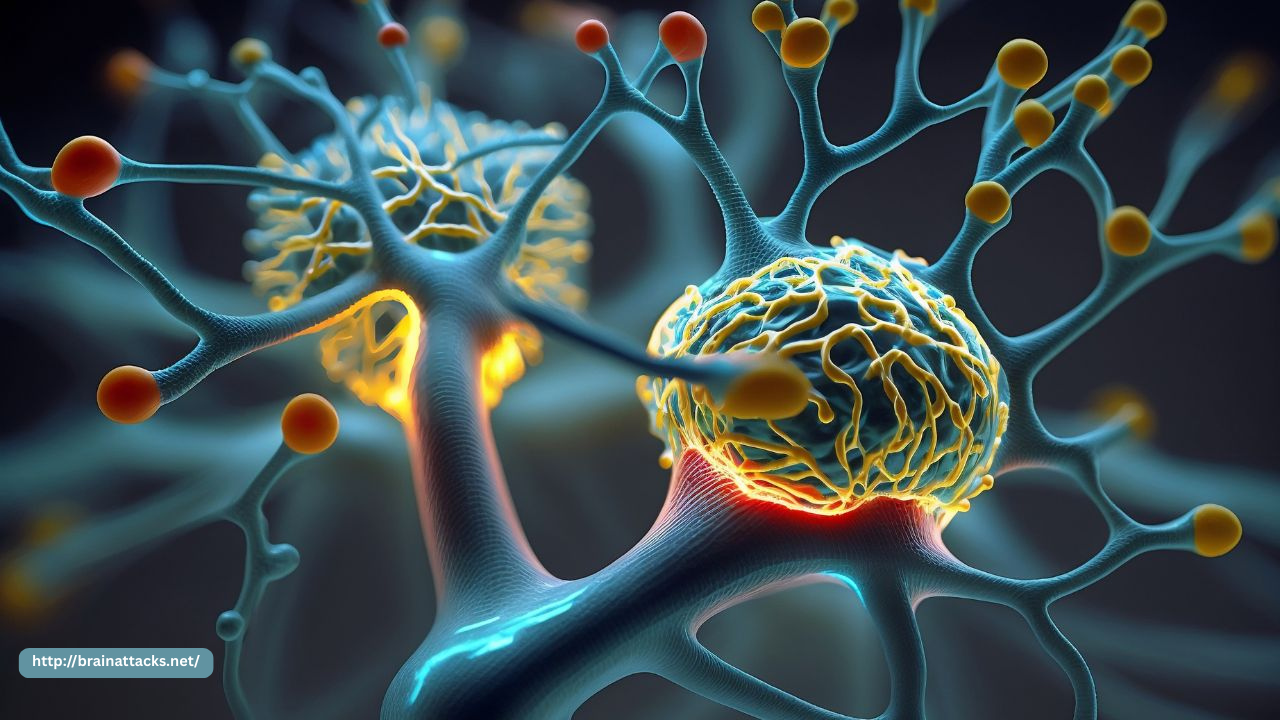 Addiction is often viewed as a permanent state of brain dysfunction, but neuroscience offers a more hopeful perspective. The brain’s remarkable ability to adapt and change—known as neuroplasticity—means that healing is possible. While substance abuse causes serious damage to brain structure and function, recovery can be achieved through sustained effort, abstinence, and therapeutic intervention. Understanding neuroplasticity helps explain how the brain can recover from addiction and why long-term support is essential for lasting change.
Addiction is often viewed as a permanent state of brain dysfunction, but neuroscience offers a more hopeful perspective. The brain’s remarkable ability to adapt and change—known as neuroplasticity—means that healing is possible. While substance abuse causes serious damage to brain structure and function, recovery can be achieved through sustained effort, abstinence, and therapeutic intervention. Understanding neuroplasticity helps explain how the brain can recover from addiction and why long-term support is essential for lasting change.
What Is Neuroplasticity?
Neuroplasticity refers to the brain’s capacity to reorganize itself by forming new neural connections throughout life. This ability allows the brain to adjust in response to experiences, learning, and environmental changes. Neuroplasticity is fundamental to memory, skill acquisition, and recovery from injury—and it also plays a key role in overcoming addiction.
When a person repeatedly uses drugs or alcohol, the brain’s reward system adapts to the substance by reinforcing drug-seeking behavior. This adaptation creates deeply embedded neural pathways associated with cravings and compulsive use. But with neuroplasticity, these pathways are not fixed. Given the right conditions, the brain can “rewire” itself and form healthier patterns of thought and behavior.
Addiction and the Brain: Damage Done
Substance abuse disrupts the brain’s chemistry and functioning. It reduces dopamine production, shrinks important brain regions like the prefrontal cortex, and impairs areas involved in memory, decision-making, and emotional regulation. These changes contribute to poor impulse control, increased cravings, and difficulty experiencing pleasure from natural rewards.
However, these changes are not necessarily permanent. Recovery involves restoring balance to these brain systems—a process made possible by neuroplasticity.
How the Brain Heals During Recovery
Recovery doesn’t happen overnight. But as individuals abstain from substance use and engage in healthy behaviors, the brain begins to adapt:
-
Restoration of Dopamine Function: Over time, the brain’s natural production of dopamine can recover, allowing for more normal emotional regulation and motivation.
-
Prefrontal Cortex Repair: With sustained sobriety, cognitive control and decision-making gradually improve as the prefrontal cortex strengthens.
-
Reduction in Cravings: As new neural pathways develop through therapy, mindfulness, and behavior changes, the brain becomes less reliant on substance-triggered reward circuits.
Therapies like cognitive behavioral therapy (CBT), dialectical behavior therapy (DBT), and mindfulness practices are particularly effective because they promote new ways of thinking and responding, reinforcing healthier neural pathways.
Factors That Support Brain Recovery
The brain’s ability to heal depends on several key factors:
-
Time: Neuroplastic changes take time. The longer a person remains sober, the more recovery the brain can achieve.
-
Lifestyle: Nutrition, exercise, sleep, and stress management significantly enhance brain health and neuroplasticity.
-
Therapy and Support: Engaging in mental health treatment and peer support fosters emotional resilience and behavioral change, helping reinforce new habits.
Conclusion
While addiction alters the brain, it does not seal a person’s fate. Thanks to neuroplasticity, the brain has the power to heal and rewire itself. Recovery is a journey that requires time, commitment, and support, but it is absolutely possible. By understanding and harnessing the brain’s natural adaptability, individuals struggling with substance abuse can rebuild their lives and reclaim their mental well-being.